Roads as rivers, roads as wind
An imaginary exercise in rewilding
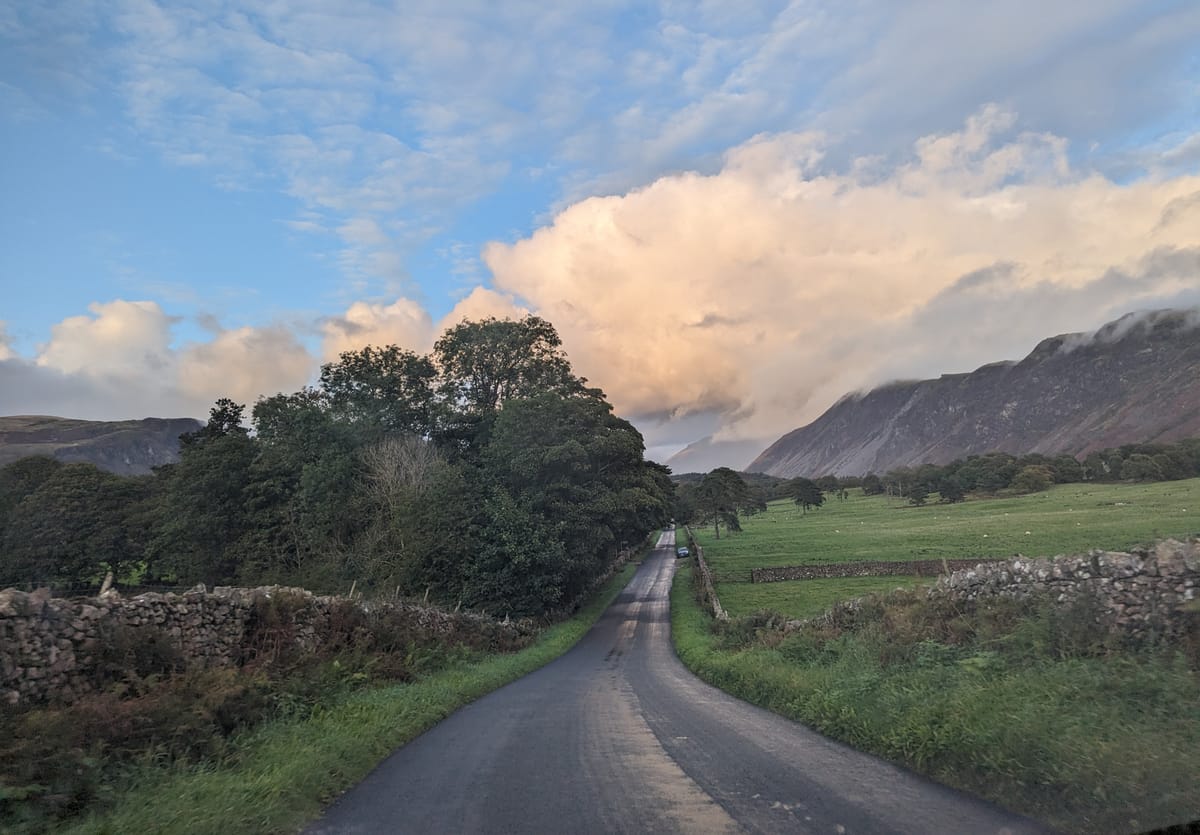
Two experiences, two small confusions, that give rise to a thought.
First: a decade ago, planning a walking route in Myanmar, across a remote area of highland forest with no towns and no highways. I had several paper maps of the country, but they showed only the major roads, and often disagreed about where they went. I had some UN maps, printed off on huge sheets of vinyl, which had the names of villages, but no roads at all. And I had access to Google Maps, which at that time had very little data on Myanmar; most roads were invisible. But one source did have complete coverage: the satellite view from Google. Villages and dirt roads through the forest that had remained beneath the notice of cartographers and bureaucrats were perfectly visible to the undiscriminating eyes of machines in space.
Easy: except that, as I pored over the satellite images, it became worryingly clear that I couldn’t tell roads from rivers. Both varied in colour, from blue-black through all shades of brown to a pale coffee colour, depending on the sediment carried by the water and on the extent to which a road had had been surfaced or graded. Both wound and zigzagged following the contours of the rugged terrain, usually adhering to a boundary between light and shade in the photographic images, though whether that constituted the floor of a valley or the crest of the ridge, I was often unable to tell. Both split into tributaries, joined up again, widened at bends, narrowed on straight sections, and sometimes seemed to disappear altogether. Both were associated with human habitation, running frequently through the glittering scratches that denoted villages sitting on cleared patches of jungle.

Eventually, I just about got the hang of it, establishing the differences in shape between a hairpin bend and a dogleg in a steep valley, and began to plot my route. But even then I would occasionally be brought up short, painstakingly scrolling the screen of my phone to follow the course of what seemed to be a road, only to find that it widened out into what was unmistakably a reservoir, and then stopped abruptly at a dam.
Second: a few years later, walking up out of the village of Montecorto, in the Sierra de Grazalema in Andalusia. I wound my way up through steep streets, each of which was accompanied by its own watercourse, cascades of fresh mountain spring water streaming down spillways and stepped channels and filling tanks and troughs at every street corner: this was the rainiest place in all of Spain, and although I was there in the second year of a severe drought, there was still plenty of water in Montecorto. Above the village I continued uphill on a rocky track through pine forest, until I reached the crest of a steep ridge. And as I got close to the top, among the boulders and the pine needles, with goat bells tinkling in the distance and vultures wheeling far overhead, I heard a new sound and thought—ah, how strange. Surely not? All the way up here? A motorway?
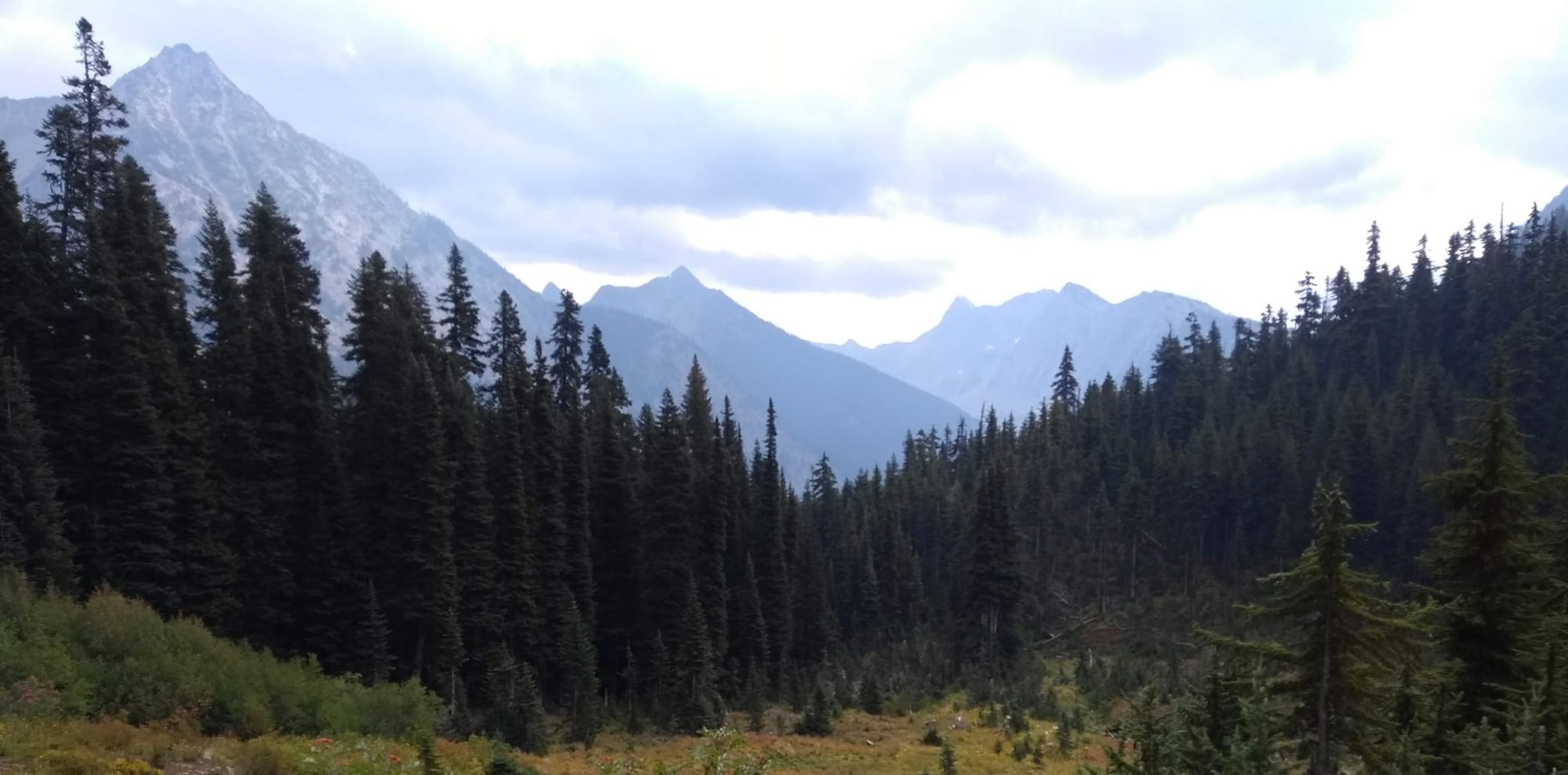
Of course, there was no motorway. What I was hearing was the wind in the pines on the ridgeline: a noise far older than humanity, one of the most resonant sounds in the natural world, the stuff of scores of poems by the ancient hermits and sages of China and Japan that find in it a profound expression of the Tao, or the ultimate reality of Zen. And yet my first thought, encountering that soft, hissing roar, its steady sibilance marked by small crescendoes and diminuendoes but never altogether silent, was of a strip of tarmac upon which machines of steel, plastic and glass raced along at a pace no land-dwelling animal could ever match, each one adding the voice of its rubber tyres and the wind of its passing to the incessant polluting hum.
And I thought—what a pity, to hear the wind in the pines and mistake it for the sound of a road.
And then I thought—how would it be to hear the sound of a road, and mistake it for the wind in the pines?
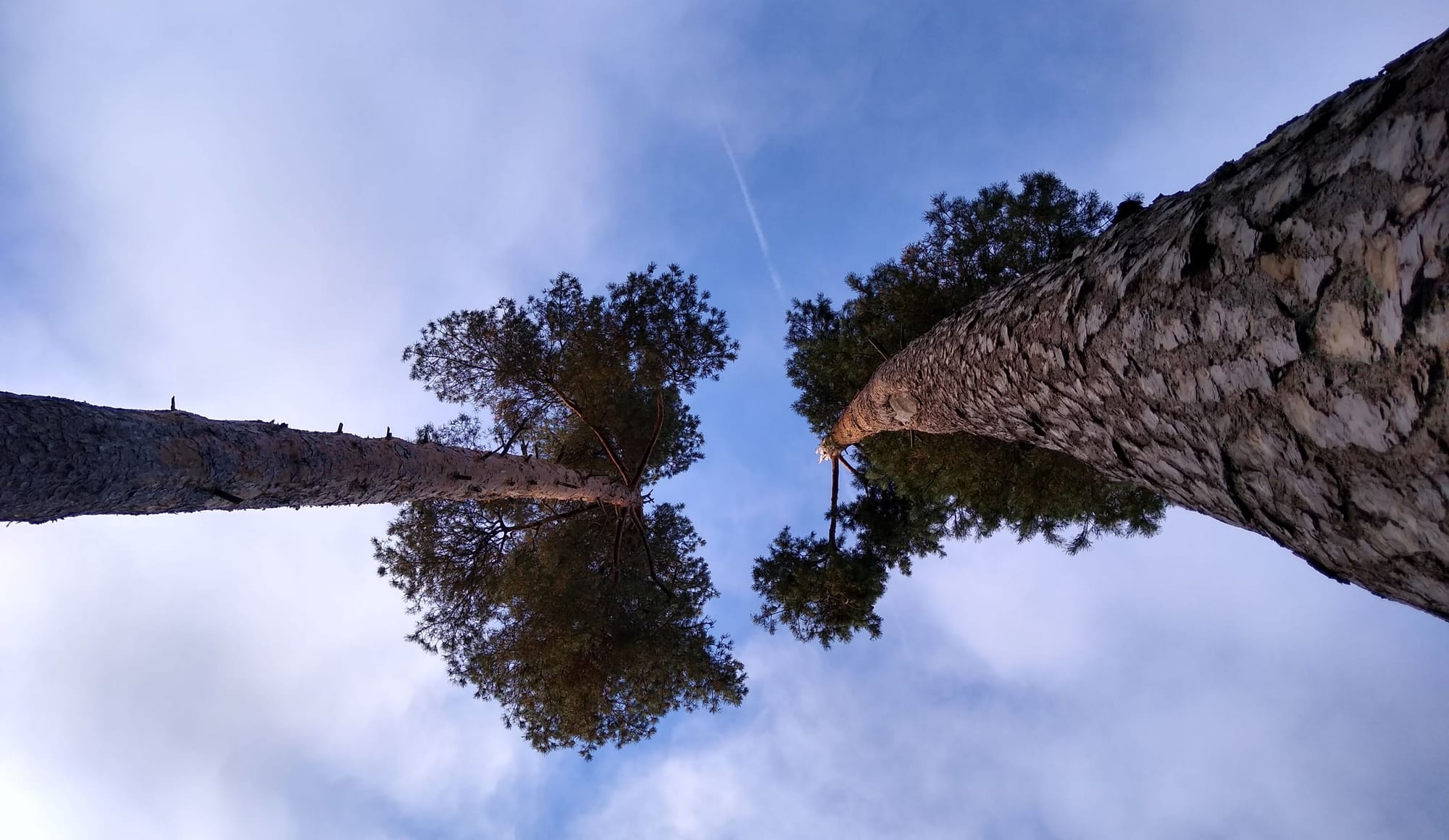
Ever since then, I have been trying. Roads sound different depending on the surface, the volume of traffic, and the distance from the hearer; if it’s not the wind in the trees, it might be a mountain stream, the sea at the foot of a cliff, or the small waves lapping at the shore of a lake. The hum of machinery from a farm building or a factory could be the white noise of a waterfall. The visual landscape, too, has the potential to be reimagined, welcoming human creations rather than rejecting them as eyesores. If my eye could be tricked by rivers on those satellite pictures in Myanmar, can I also look out from a high place and admire the rivers of tarmac running through our valleys and crossing our plains? Can pylons be steel trees, and towns be forests of brick?
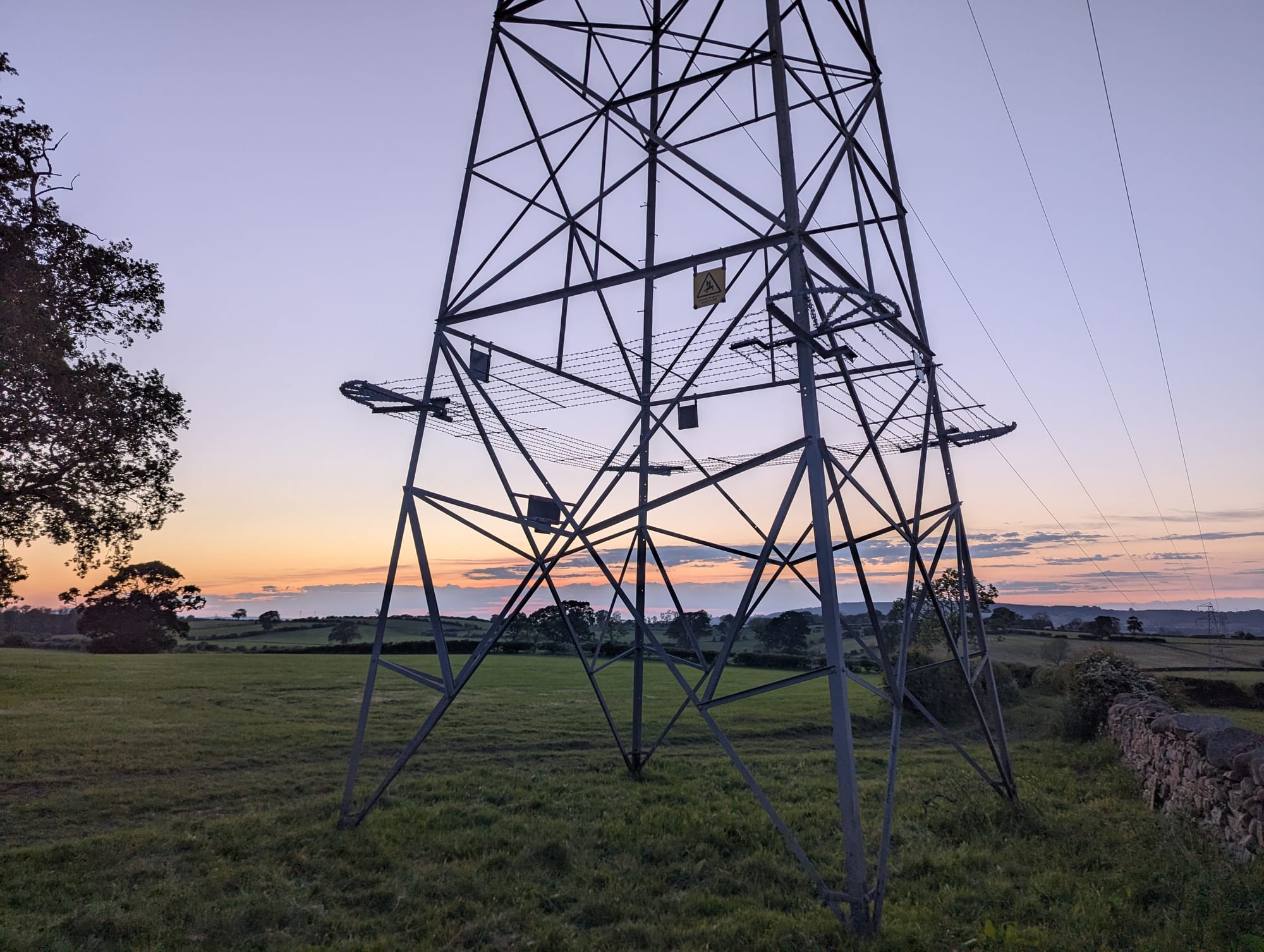
It isn’t easy forcing the brain to lay aside certain pieces of knowledge, reduce a sound to raw sensory data, and then build it back up again with a different narrative about its source. If it is hard to flip from one interpretation of an optical illusion to another—once ‘seen’, the hidden image is not easy to ‘unsee’—it seems to me even harder to flip from motorway to pines, and back again.
Hard, and perhaps all the more worthwhile for that reason. In a sense, this is a kind of spiritual discipline. Unwrapping the bundle of preconceptions that surround a sensory experience, stripping it back so that it is perceived without any particular label, is an important practice in mindful meditation. It’s part of the process of rearranging the workings of consciousness, ducking out from underneath the volley of judgments and preconceptions that accompanies each sensation, in order to break the cycle that gives rise to desire and aversion, or to stop them from crowding out the simple, direct and revelatory experience of being alive.
Of course, the subsequent bid to assign new labels to a sensation, to turn motorways into pines, is no longer a matter of simplifying experience: it’s bringing in a new complication. But there might still be a parallel here with the tradition of spiritual teachings 1 that begin with an attentive appreciation of the world around us and proceed to an active decision to imbue our experience with something more than purely sensory: meeting God in every little object or phenomenon; encountering the divinity of the universe itself; re-enchanting our lives through deliberately choosing the filters that our imagination lays on the raw impressions of our senses.
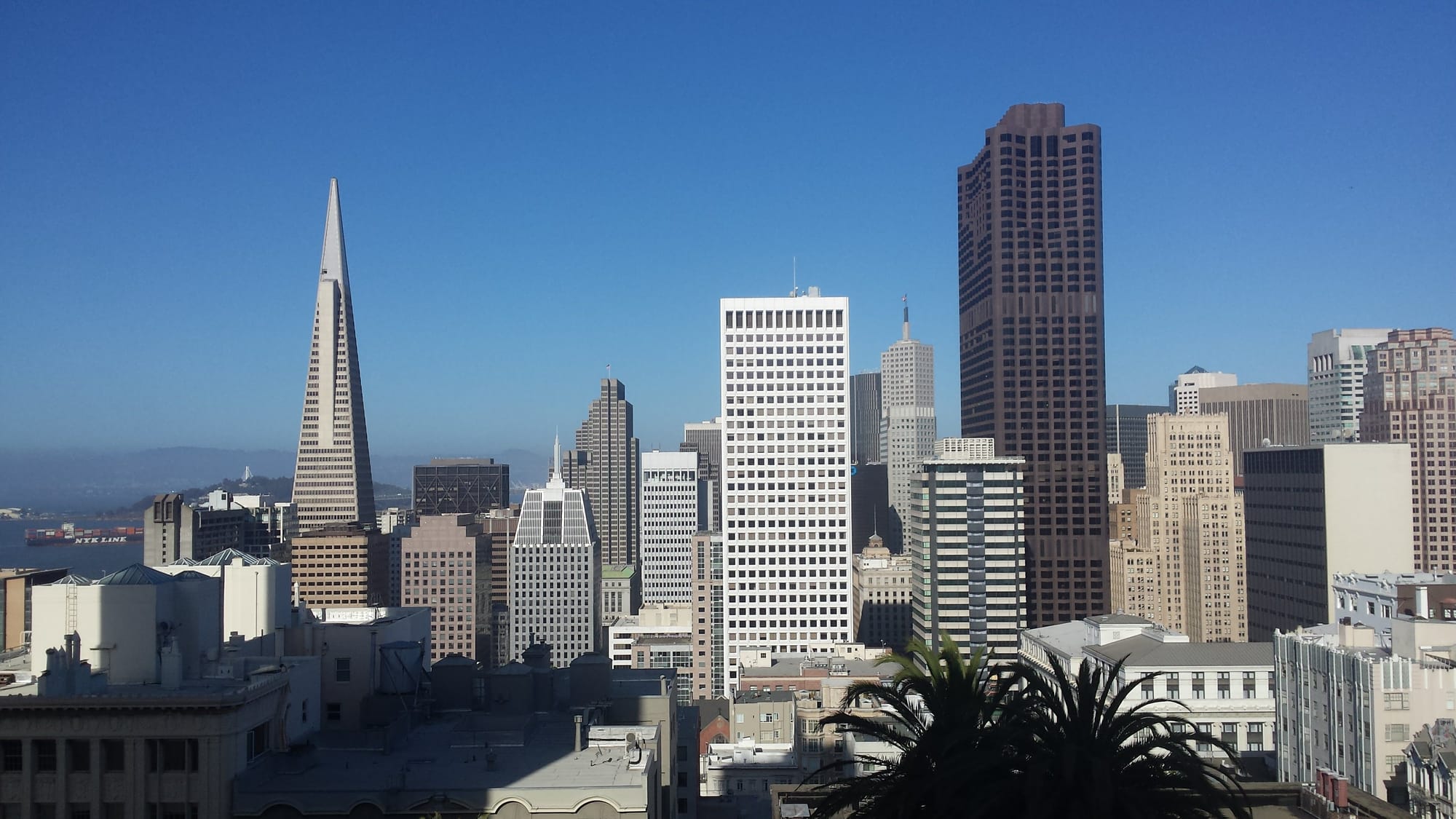
And so I keep trying. Last weekend, sitting quietly above Loch Fannich on a summer evening as the wind rushed through the glen, I heard a phantom motorway again—with 3,000-ft mountains on each side, and miles separating me from the nearest internal combustion engine. It served as a helpful reminder to try to experience the same phenomenon in the opposite direction: and so, when I found myself two days later walking along a stretch of the A835 between Inverness and Ullapool, I did my best to convert the traffic noise back into the sound of mountain breezes. I didn't quite manage it: roads sound like wind, but they don’t sound exactly like wind, and it would take some impressive mental gymnastics to hear a motorcyclist opening up the throttle and reclassify it as the drumming of a woodpecker. However hard I strained, I couldn’t turn telegraph poles back into pine trees, or ignore the squares of commercial forest clear-felled on the other side of the valley.
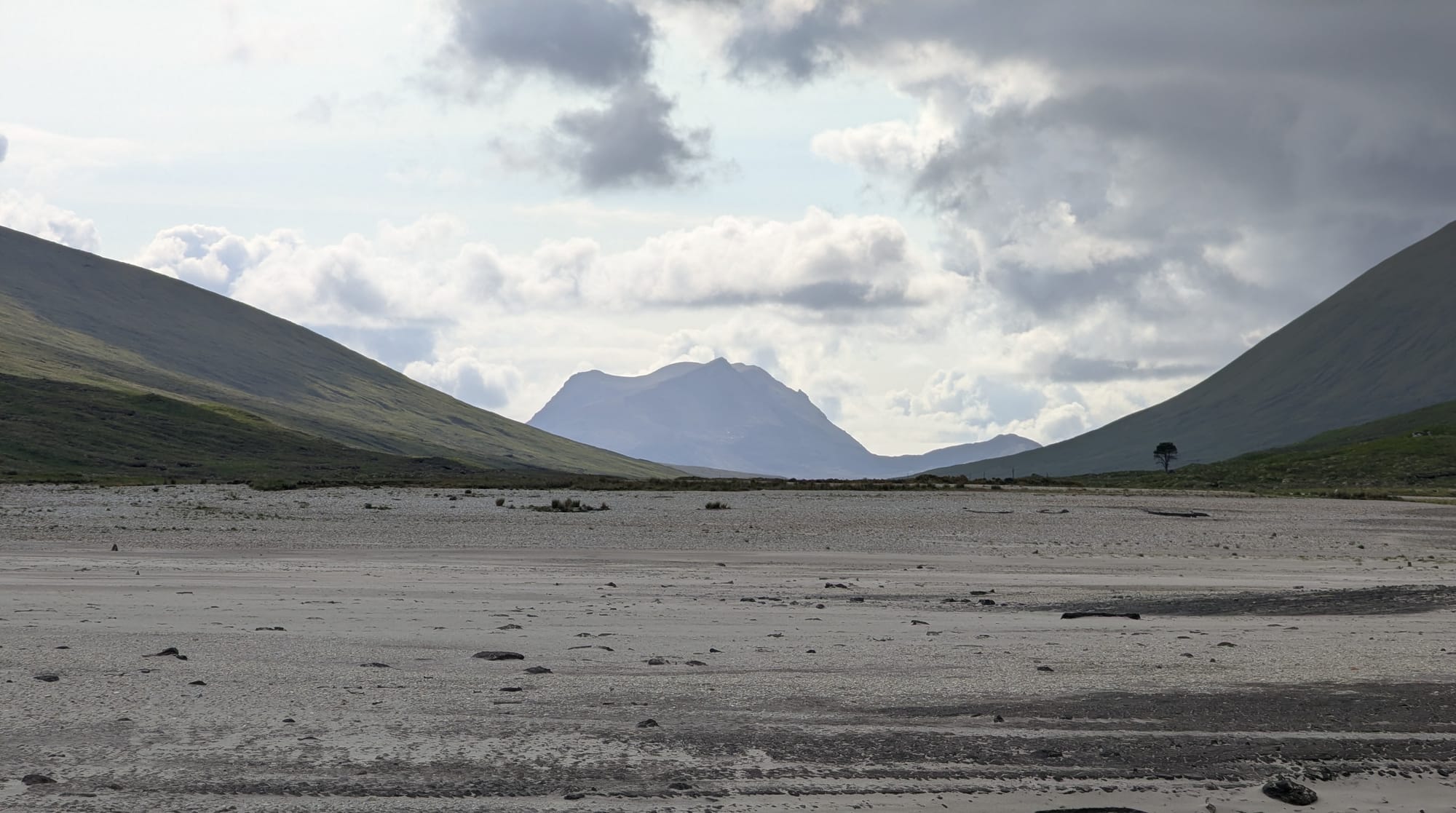
I reflected, though, that this isn’t the only way to retune our appreciation of human intrusions into what we think of as a natural landscape. If it’s hard to fool myself into perceiving artificial objects as natural ones, a better course might just be to welcome them a little more readily. After all, true wilderness is so rare now that the landscapes most of us inhabit are human creations, or at least co-creations. Loch Fannich, in its bleak and lonely glen, is profoundly marked by human influence. For all their characteristic Highland beauty, the bare mountain slopes surrounding it are a product of deforestation by humans in centuries gone by, of the introduction of sheep, and of the elimination of the predators that would otherwise have controlled the numbers of hungry red deer. Even the loch itself is dammed at the far end, just beyond my field of vision. And in a bucolic English countryside scene, the hedgerows and the fields and the copses are all there by human design, although that design is one that harnesses the energies of plants and non-human animals more thoroughly than, say, the M25 does. If we are to welcome one and bemoan the other, we need better reasons than a careless distinction between ‘natural’ and ‘unnatural’.
There is beauty to be found everywhere, and we don’t gain anything by overlooking it when it lies side by side with ugliness. Motorway verges and railway cuttings may be spotted with litter and washed by diesel fumes, but they also go untrodden by humans for decades at a time, and the wildflower meadows and native woodlands that develop there may be no less valuable than their wilder counterparts. Besides, there’s nothing absolute about the aesthetic standards we apply to landscapes. Europeans used to decry the scenery of the Alps as ‘horrible’, ‘hideous’, or ‘disgusting’; their obviously dangerous and inhospitable nature corresponded to ugliness until the Romantics rebadged it as sublime beauty. Enjoyment of wild and rugged environments is a modern luxury.2
In Myanmar’s Karen Hills, in one of the areas of tangled highland forest through which I had experienced such difficulty charting my course, I met a priest who had once been to England: he rhapsodised about the beauty of our countryside. “No trees! And such smooth roads!” Regularity and smoothness are not intrinsically less attractive than the apparent disorder and spontaneity of the non-human environment. The decision to recoil from a polluting eyesore, rather than applauding a marvel of engineering, says more about the beholder as it does about the object in question. In the early days of motoring the passing of a car might have been an object of excitement; now we turn away in disgust from vast streams of them, but the magic of technology and the wonder of humanity on the move have not lessened.
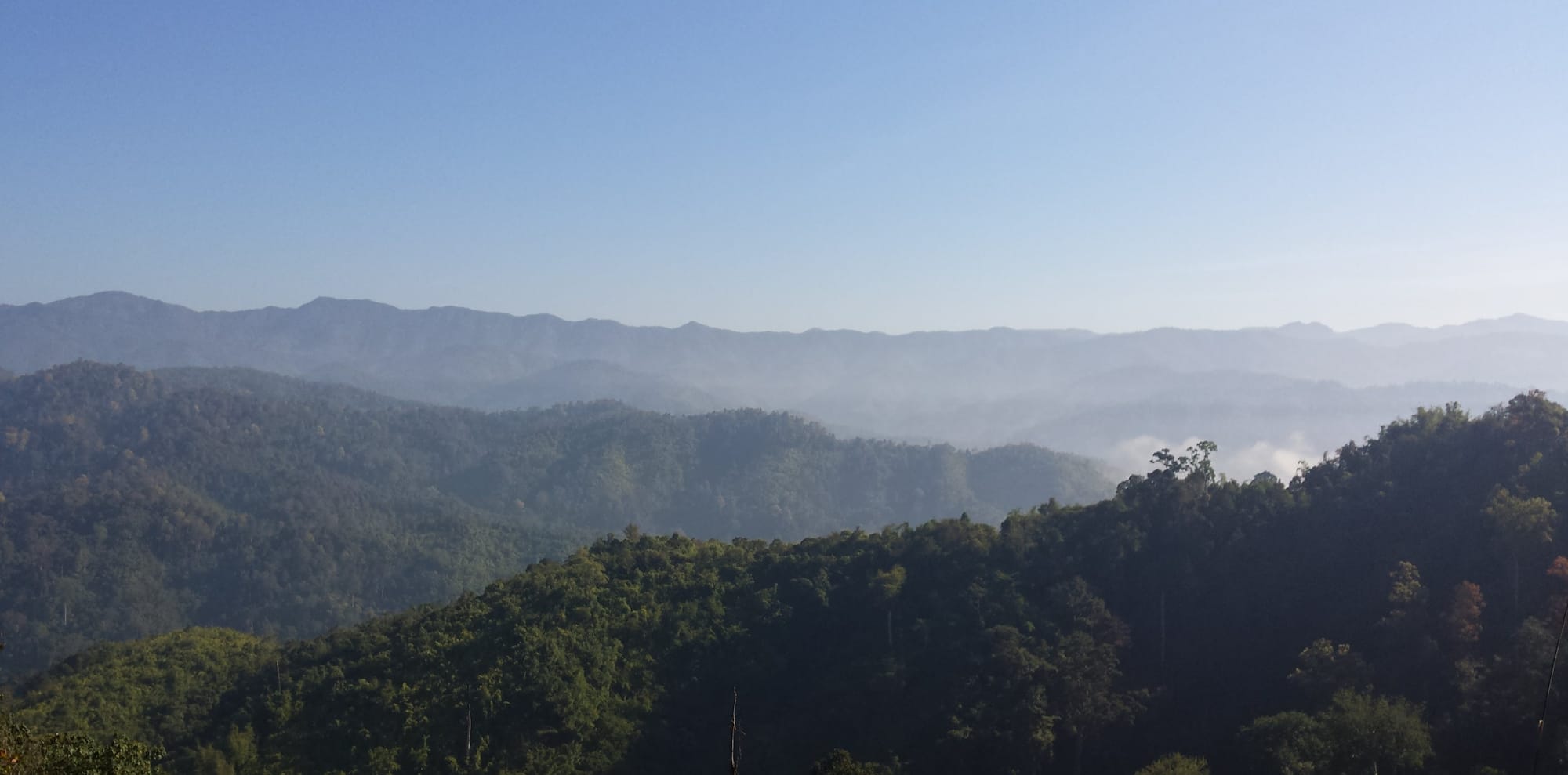
You could boil this down to a defeatist response to ecological grief: “if you can’t beat ‘em, join ‘em.” Short of a full-scale apocalypse, the visible signs of human intrusion in our landscapes are unlikely to be fewer in fifty years than they are now. We can choose to be miserable, or to make our peace with them.
Yet I think there is more to it than this. We don’t need to give up on caring for our environment, but unless we are gunning for the complete erasure of human influence—in other words, for our own annihilation—we need to be able to cherish a landscape that combines human and non-human elements, and to work towards harmony between the two. It’s quite possible that road-loathing is a sort of projection of self-loathing, and that learning to love myself and my fellow humans means learning to love the sound of the A835. A non-discriminating, welcoming attention to the sights and sounds around us could be the foundation of a reasoned and humane environmentalism, rather than a reactionary and exclusive one.
Even for Wordsworth, literary patron saint of the lakes and fells, there was no fairer sight than the dawn over London.
Never did sun more beautifully steep
In his first splendour, valley, rock or hill;
Ne’er saw I, never felt a calm so deep!
The river glideth at his own sweet will:
Dear God! the very houses seem asleep,
And all that mighty heart is lying still! 3
As Gary Snyder points out in his essay ‘The Etiquette of the Wild’, there’s no fundamental distinction between the natural and non-natural: ‘Science and some sorts of mysticism rightly propose that everything is natural. By these lights there is nothing unnatural about New York City, or toxic wastes, or atomic energy, and nothing—by definition—that we do or experience in life is “unnatural”.’ 4
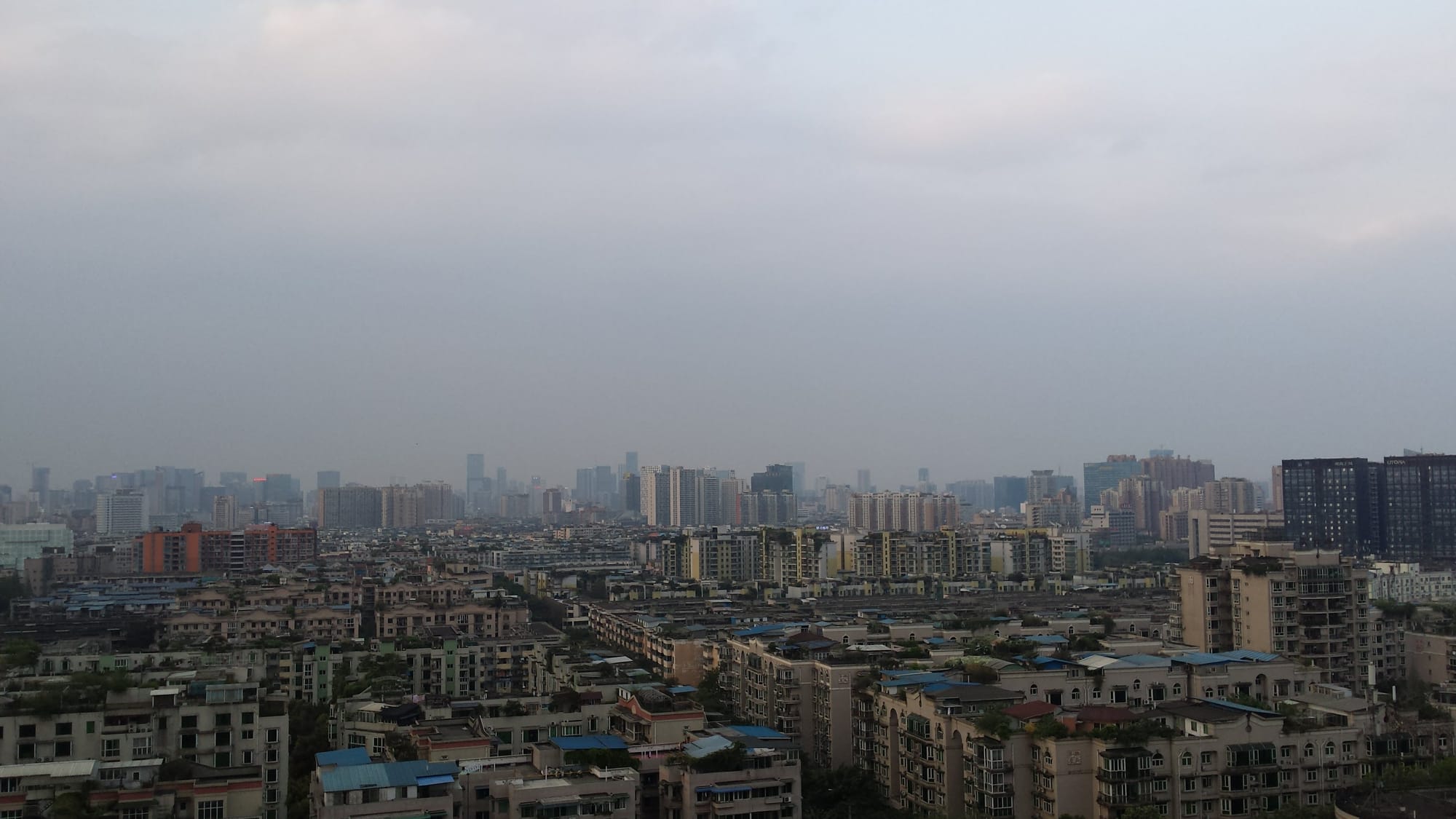
I don’t think any lover of the ‘natural’ world can afford to turn away from the beauty of the bits of it that human beings have made. As a child I am sure I marvelled at my first sweeping view of a motorway; I am now determined to do so again, watching the M1 glide at its own sweet will. If the silhouette of a great oak against the sky can be a source of wonder, then so can the purposeful symmetry of an electricity pylon. And if I stop to enjoy the sight of a kestrel hovering on a summer afternoon, I will try to offer the same respect to the aeroplane leaving a vapour trail in the sky far up above.
It is a warm day today, and the air is still—but there is a road nearby, and so I can hear the breeze.
Light wind in a hidden pine —
Listen close — the sound gets better. 5
1. For example, certain strains of Christian mysticism, the Transcendentalism of Emerson and Thoreau, and perhaps even at a stretch the contemporary lineage of soulmaking dharma↩
2. Robert Macfarlane has written at length about the evolution of our aesthetic attitude to mountains in Mountains of the Mind (2003). See also 'When Mountains were Ugly' by Katy Kelleher.↩
3. William Wordsworth, ‘Composed upon Westminster Bridge, September 3, 1802’. Full text available here↩
4. Gary Snyder, 'The Etiquette of the Wild', in The Practice of the Wild, 1990↩
5. Han Shan, translated by Gary Snyder, from Riprap and Cold Mountain Poems (1965)↩
All photographs by the author unless otherwise stated. Locations: road in Cumbria (feature image); satellite view of the Shan escarpment in Myanmar [credit: Google Earth]; North Cascades in Washington State; pine trees in West Sussex; electricity pylon in Cumbria; downtown San Francisco; Loch Fannich, Ross-shire; Karen Hills, Myanmar; Chengdu, Sichuan Province, China.